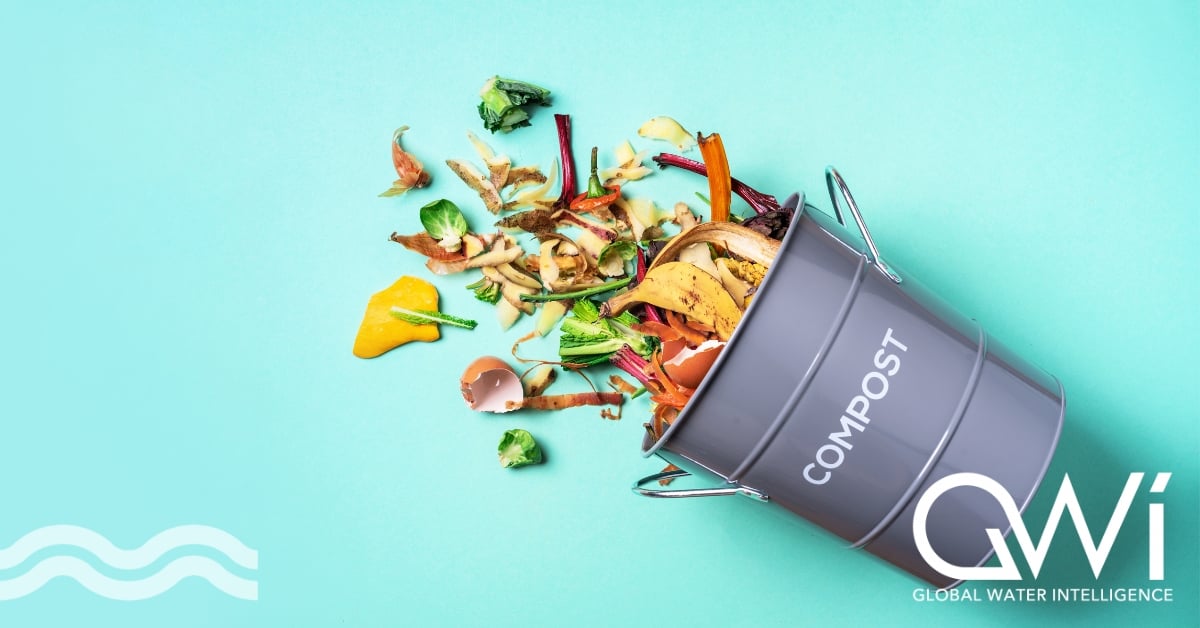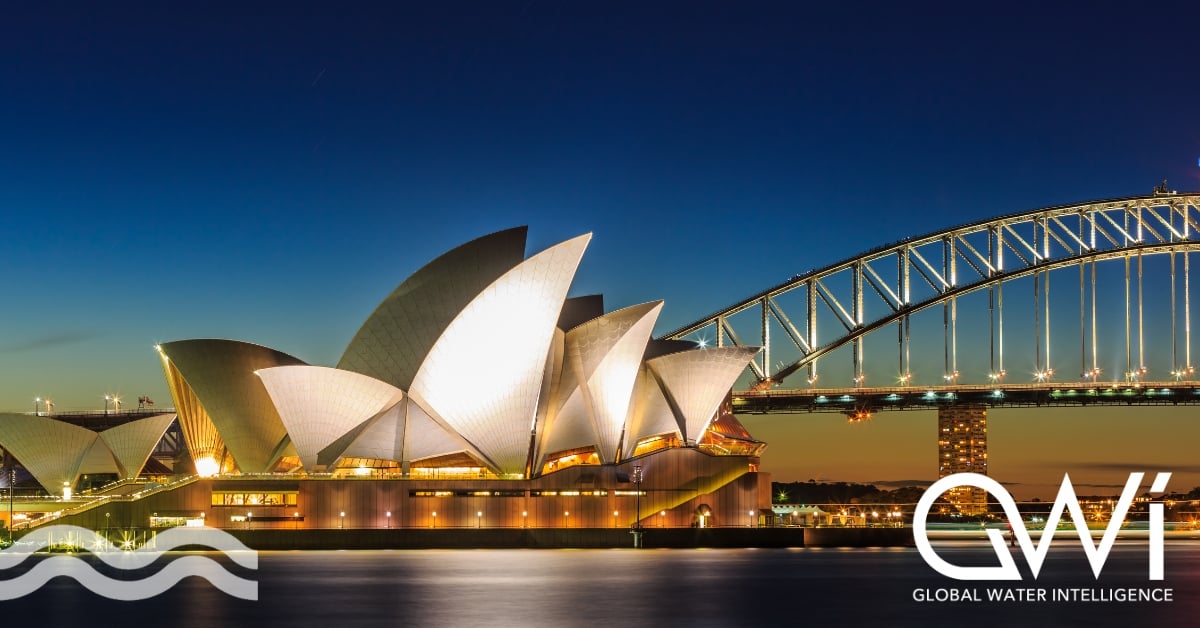North American revenue from sewer heat
Decarbonisation targets offer North American wastewater utilities a new revenue stream through sewer heat recovery. GWI explores the rising momentum.
Heat recovery is hotting up
Recovering thermal energy from sewers is on an uptick in North America as a new project in King County, Seattle comes to fruition and a huge expansion of the region's first system in Vancouver, Canada, is set for commissioning. Throughout North America, city or state-wide decarbonisation plans are becoming commonplace, with buildings regularly recognised as a key source of greenhouse gas (GHG) emissions.
King County Wastewater Treatment Division officially announced its partnership with Alexandria Real Estate in October 2023 and the system is expected to come online in 2025. The sewer heat recovery project will be the first in North America to use a public-private partnership model. Drew M. Thompson, resource recovery project manager at King County Wastewater Treatment Division explained: "Sewer heat recovery allows us to partner with private commercial industries to maximise the impact of this program and address greenhouse gas reductions in buildings. King County provides access to the heat in the sewer line at a reasonable rate, while Alexandria Real Estate is responsible for designing, constructing, operating, and maintaining the heat recovery system."
The sewer heat is expected to generate revenue, offset the costs of wastewater operations, and help the municipality reach its greenhouse gas mitigation goals - it is aiming for net zero buildings by 2031. Users will pay King County for costs associated with reviewing project designs, as well as an energy transfer fee of one-half cent per ton-hour of energy transferred, following the first three years of service.
Up to 90% of the energy used to heat domestic water is flushed away, but with sewer thermal energy recovery, this thermal energy can be recovered and reused. Using a closed-loop process of heat pumps and exchangers, thermal energy is recovered and intensified. This heat is then transferred into a separate stream of clean water for heating or cooling.
More utilities reaping the benefits
The False Creek Neighbour Energy Utility (NEU), owned and operated by the municipality the City of Vancouver, has been running a project since 2010. "We are borrowing the sewage, harvesting some of the heat and then sending the sewage to the wastewater treatment plant," explained Derek Pope, associate director at False Creek NEU.
The False Creek project is regarded as "seminal" by a Sewer Thermal Energy Network (STEN) board member because a "specific utility was commissioned to manage the sewer heat recovery and its distribution [independent from the existing water and energy utilities], which means they can set their own rates and governance structure." Already, the project has generated up to 23,000 megawatt hours a year, reducing carbon emissions by up to 6,600 tonnes a year, with its capacity soon to jump from 3.2 to 9.8 MW in September this year. A commercial utility model for rate setting brings positive returns to the municipality, which also owns the sewage assets.
In Vancouver, over 57% of the city's carbon emission come from buildings, driving a goal of 50% reduction by 2030 and 100% reduction in 2050. Also, the City's Green Building Policy put GHG emissions limits on new developments making sewer heat recovery attractive to meet these goals.
The state of New York meanwhile aims to reduce GHG emissions by 85%, becoming the first state to mandate the design of thermal energy networks (in 2022). In October 2023 $12 million was assigned for heat recovery retrofit projects.
There is an attractive business case driven by the high efficiency of energy generation with the sewer heat recovery process. "The energy source is readily available in the sewer, so you can recover it and resell it with about a 75% profit because it only costs you 25% to recover it," explained Lynn Mueller, CEO of SHARC Energy, a leading provider of sewer heat recovery technology and pre-screening. "In New York City, there are 1.4 billion gallons of wastewater a day travelling through the sewers at temperatures of 60-70 degrees Fahrenheit. If you were to recover just one degree from that flow the net cash flow from that is $3 million an hour."
When asked whether he expected more wastewater utilities to get involved, Mueller stated: "Wastewater utilities have been desperately short of money to upgrade for years, with billions of dollars needed to upgrade sewer lines in the USA and Canada. Soon wastewater utilities will see the ability to sell the waste heat as an opportunity to upgrade their systems."
The projects in question

Join the Circular Economy Pavilion at Aquatech Amsterdam 2025, the ultimate live platform to showcase your expertise, expand your reach, and generate new opportunities! Created in partnership with GWI.

Click the link to register interest: https://my.globalwaterintel-insights.com/l/2DC/CircularEconomyPavilion2025
We promise never to send you spam and you can unsubscribe at any time!






